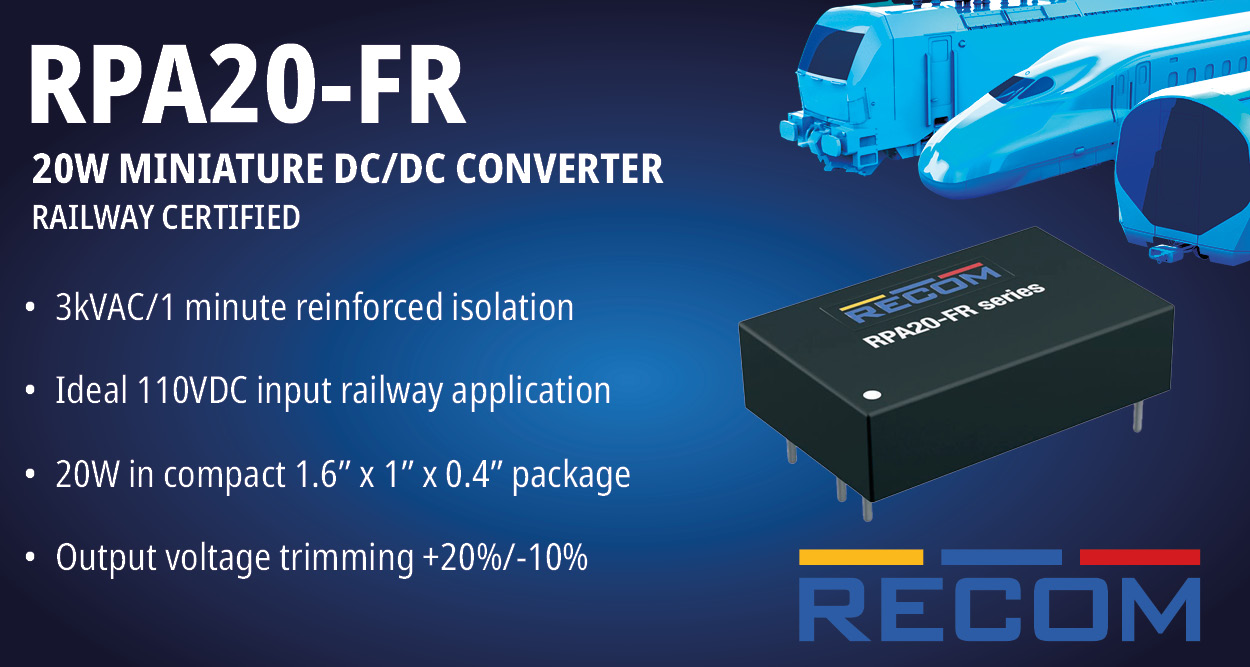In an interview with TimesTech, Girish Kamala, Sr. Director & Country Head Sales – Automotive, Infineon Technologies India, delves into the evolving landscape of India’s automotive semiconductor market. From EVs and autonomous driving to connected mobility and LEVs, Girish highlights the key trends, government initiatives, and the distinct innovation approaches of global OEMs and startups shaping the future of mobility in India and the APAC region.
Read the full interview here:
TimesTech: As the head of the automotive Qsegment in India, what are the most exciting trends you see in the Indian automotive semiconductor market?
Girish: The Indian automotive semiconductor market is witnessing significant growth and transformation, driven by the increasing demand for electric vehicles (EVs), comfort and connected features, Level I and II autonomous driving, and safety features due to customer demand and legislations in all the vehicle segments. I have tried to describe key exciting trends that is observed.
The Indian government’s push for electric vehicles (EVs) has led to a surge in demand for automotive semiconductors. With the governments ambitious aim to have 30% of new vehicle sales as electric by 2030, this has created opportunities for semiconductor companies to develop specialized ICs for EVs, such as battery management systems, power electronics, and motor control units. The E- BOM content per vehicle will also see a 3-5X jump compared to conventional ICE vehicles. With increasing adoption of EV’s, the demand for power electronics, such as insulated gate bipolar transistors (IGBTs) and power MOSFETs will exponentially increase.
Autonomous vehicles are gaining traction in India, with several companies, investing in autonomous driving technologies. This trend is driving the demand for advanced semiconductors, such as computer vision processors, radar sensors, and lidar sensors.
With vehicle owners demand for the vehicle to emulate technology from his living room or office into their vehicles, has led to increasing adoption of connected cars in India. This coupled with advanced comfort and styling functionality is driving the demand for semiconductors that enable vehicle-to-everything (V2X) communication, such as Wi-Fi, Bluetooth, and cellular connectivity, LED lighting, power seats, advanced HVAC, motorized sunroof, tailgate etc to name a few. Further mandate from the Indian government to the use of AIS-140 compliant GPS and panic buttons in all new vehicle’s drivers the need for more electronics and security in vehicles.
ADAS features, including lane departure warning, adaptive cruise control, parking assist and automatic emergency braking, are becoming increasingly popular in Indian vehicles. This further drives the demand for semiconductors that enable these features, such as cameras, radar sensors, lidar sensors and high-end processing and actuation controllers in vehicles.
In the recent months, several global players in partnership with local industry leaders, have set up manufacturing facilities in the country encouraged by the Indian government’s “Make in India” initiative. This trend is expected to continue, with the government offering incentives and subsidies to companies that invest in semiconductor manufacturing in India.
My favourite topic, the LEV segment (E2W and E3W) in India with over 1.5 Mio vehicles sold last year expected to grow YoY in high double digits, is expected to create new opportunities for semiconductor companies that specialize in ICs for these segments.
TimesTech: What are the various government initiatives and Qpolicies that are driving the growth of the Indian automotive semiconductor market?
Girish: The Indian government has launched several initiatives and policies to drive the growth of the automotive semiconductor market. Here are some of the key initiatives:
The M-SIPS (Modified Special Incentive Package Scheme) scheme provides incentives to companies that invest in the production of semiconductors and other electronic components in India. The scheme offers incentives of up to 25% of the total investment value.
The Indian government has launched a PLI (Production linked Incentive) scheme to encourage the production of semiconductors and other electronic components in the country. The scheme offers incentives of up to 6% of the total sales value to companies that invest in semiconductor manufacturing in India.
The NPE (National Policy on Electronics) aims to promote the growth of the electronics industry in India, including the automotive semiconductor market. The policy provides incentives and subsidies to companies that invest in electronics manufacturing in India.
The AMP (Automotive Mission Plan) 2026 aims to promote the growth of the automotive industry in India, including the automotive semiconductor market. The plan provides incentives and subsidies to companies that invest in automotive manufacturing in India.
The FAME (Faster Adoption and Manufacturing of Electric Vehicles) Scheme provides incentives to companies that invest in the production of electric vehicles and hybrid vehicles in India. The scheme also provides incentives to companies that invest in the production of automotive semiconductors for electric vehicles. In addition, the incentives from various state and local governments have helped in faster adoption of E2W, E3W and E-Bus segments.
The ISM (Indian Semiconductor Mission) aims to promote the growth of the semiconductor industry in India, including the automotive semiconductor market. The mission provides incentives and subsidies to companies that invest in semiconductor manufacturing in India.
TimesTech: You oversee the light electric vehicle (LEV) business Qin AP. What are the biggest challenges and opportunities in this segment, particularly in India and the broader AP region?
Girish: The electric two-wheeler (E2W) segment is rapidly growing in India and the broader Asia-Pacific (AP) region, driven by increasing demand for environmentally friendly and cost-effective transportation options. However, the segment also faces several challenges and opportunities.
Some of the key challenges include the lack of infrastructure for charging, range anxiety as these vehicles are the lifeline of a significant population, high battery costs, safety concerns as there have been a few battery fires during charging and usage, and finally the lack of clear regulations and standards is creating uncertainty for manufacturers and consumers.
With challenges comes opportunities, like growing demand for E2Ws and E3Ws as clean and cost-effective option, Government incentives and subsidies for faster adoption of EV’s, competition in the market with both traditional players and Start-ups competing for market share, technology advancements for higher power, connected vehicles, faster charging and battery composition and efficiency and for India to become an export hub.
Specific to India, the growing middle class with increased affordability offers a unique opportunity for the 2W segment. With new generation being more environmentally conscious, looking for newer technology and low-cost transport option, the electric 2W is a great option. Further the subsidies and Government push for make in India will definitely help in promoting the penetration of electric 2Ws.
TimesTech: Given your experience with both global OEMs and Qstartups, how do their expectations and innovation approaches differ, and how does Infineon cater to both?
Girish: As a leading semiconductor company, Infineon works with a diverse range of customers, including global customers, local customers and startups. While both types of customers share some common goals and expectations, there are distinct differences in their approaches to innovation and their expectations from Infineon.
Global and established local customers, usually have established process in place for design development, procurement and manufacturing of their products. Quality, reliability, access to new technology, technology roadmap and scalability are important pre-requisites. They value long- term partnerships with suppliers like Infineon, valuing stability and continuity in their supply chain. In addition, they also mandate similar levels of support across different regions.
On the other hand, Startups and local customers transitioning to electronics, expect agility and flexibility, faster time to market, are more cost sensitive, driven by innovation and more open to partnerships and collaboration.
As the No.1 automotive semiconductor globally, Infineon has developed support structures and models to cater to the needs of different customer categories. We have developed strong technical expertise in products, applications and systems to provide onsite support or through cloud-based CASE systems. With a strong distributer network – both global and local distributors, we can provide technical, sales, after sales and logistics support. Our engagement models have evolved as the markets and customers have evolved.
Infineon’s innovation approach is customer-centric, focusing on understanding the needs and challenges of its customers and developing solutions that meet those needs. We also adopt an open innovation approach, leveraging external sources of innovation, including startups, research institutions, and other partners. Infineon invests heavily in research and development, ensuring that it stays at the forefront of technological advancements and can provide innovative solutions to its customer.


















